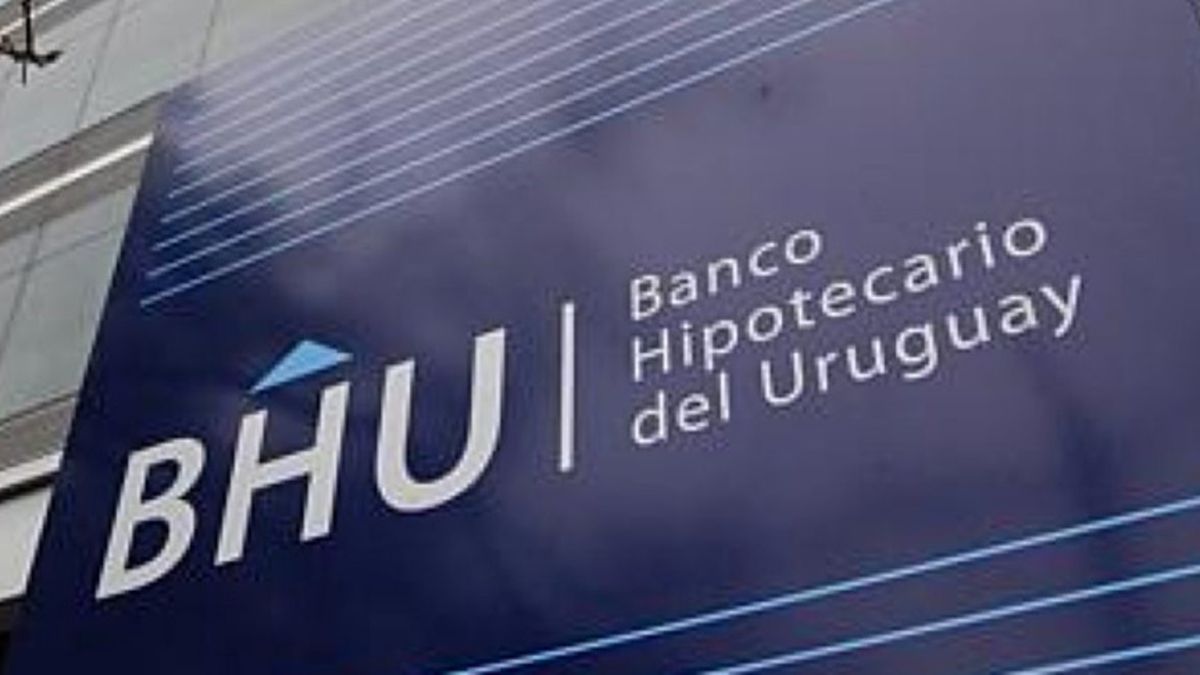A report prepared for the Mortgage Bank of Uruguay (BHU) in the context of preparing the restructuring bill for debtors in Resettable Units (UR) of the entity, as well as the debate over the possible merger between the banking institution and the Republic Bank (BROU)indicated that those who took loans in UR had less costs than if they had gone into debt in Indexed Units (UI).
In the midst of a prolonged debate regarding the possible solution for more than 20,000 indebted families in UR – which is even opposed by certain sectors because they consider that refinancing for this group would not be fair – the BHU He asked the consultant CPA Ferrere a study with the objective of “conducting an independent evaluation of some of the implications of the bill by the Executive Branch.”
The document points out that, “historically, the rates on mortgage loans in Indexed Units (UI, both in private banks and in the BHU) have been higher than the rates on loans in Adjustable Units. This responds to the arbitration relationship between the UR and the UI, since in the long term the wage growth in real terms “It should be linked to the increase in labor productivity.” It is worth remembering that the UI evolves according to the inflation, while the UR is tied to the variation in the wages.
In it Uruguayan socioeconomic contextHowever, from the creation of the UI in June 2002 until June of this year, there was a greater effective increase in URwith an annual growth rate of 10.1% versus 8.7% for the UI.
However, and although at first glance it could be considered that the debtors in UR were the most harmed, the CPA Ferrere report rejects this premise, indicating that it is necessary to consider “other variables that affect the effective cost that a debtor assumes.” In this sense, it incorporates the interest rate on loans into the analysis; the time at which the credit was originated and the actual salary cycles during the life of the loan; and the evolution of the UR and UI throughout the life of the credit and the impact of this evolution on the readjustment of the credits.
Were the debtors in UR the most affected?
To carry out the analysis, the consultant simulated a 22-year loan for a capital equivalent to 3,200 UR—currently, about 5,186,912 pesos—and with an interest rate of 5% in UR. For the financing alternative in UI, it simulated a credit for the same equivalent amount but nominated in UI and with a rate of 6%. He considered the administrative expenses equal for both cases.
According to the report, the simulation “allows us to conclude that in general terms the cost of a loan in UR would have been on average 15% lower that the UI credit alternative for the 192 temporary windows evaluated, except in some specific exceptions in the 80s and 90s.”
“In 9% of the simulations (17 cases out of 192 windows), the cost of credits in UR was at least 20% lower than the alternative in UI. At the other extreme, only in 2 of the 192 simulations the credits in UR were more expensive than the alternative in UI (credits started in January 1985 and October 1990),” the document added.
The implications of the ruling party’s project
Beyond the estimated cost of the project presented by the ruling party for the debtors in UR of the BHU and the National Housing Agency (ANV)which amounts to 590 million total dollars, CPA Ferrere pointed out other drawbacks to approve the financing of this group.
According to the consulting firm, “credit restructuring solutions not provided for in the contracts and that are perceived by debtors as repeatable in the future could accentuate moral risk behaviors. This is because the forgiveness of mortgage debts could create a future incentive for consumers to change their behavior and take greater risks when acquiring a loan given the perception that in the event of default, an alternative will emerge that involves forgiveness or restructuring of debts.”
That is to say that “the measures adopted can provide incentives to debtors to collude and change their behavior with the aim of forming ‘clubs’ and seeking benefit from debt relief measures by the political system,” indicated the report for the BHU, which also warns of possible evaluative biases of clients.
“Currently, the problem is limited to certain debtors in UR, but in the future, under a hypothetical scenario of increasing inflation and decreasing real wages, they could arise Similar claims by debtors in UI”CPA concluded.
Source: Ambito




